Where did the Ton, the high-living aristocrats of the late Regency period, spend their time? Discover the addresses of Regency London that still tell thrilling tales of this exuberant era
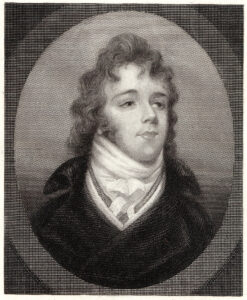
When it came to recreating the London habitat of Regency high society for the smash-hit show Bridgerton, it’s no secret that Netflix turned to Bath, a city famous for its pristine, period-perfect Georgian architecture. But if you want to discover the backdrop to real-life Regency romances, you might consider turning your carriage towards the capital instead, dear reader, because if you know where to look, there are plenty of surviving sights of the Ton’s London to be discovered in the bustling modern-day metropolis.
You’ll need to make for the West End, known to its Regency inhabitants as ‘town’ and utterly distinct from the commercial hub that was the City. Any aristocrat worth their salt had a plush pied-à-terre in Mayfair or St James’s, and on a stroll of the still smart streets it’s possible to pick out some of their former residences.
The snug townhouse at No. 4 Chesterfield Street was home to famous dandy and arbiter of gentlemen’s fashion ‘Beau’ Brummell, for example; while the unshowy brown-brick property at 21 Arlington Street (a few steps from The Ritz hotel) was the town base of the Earl of Sefton and his wife Maria, one of the patronesses of the legendary Almack’s assembly balls. Meanwhile, Albany, an early apartment complex now tucked away behind two much newer buildings on Piccadilly (opposite the upmarket department store Fortnum & Mason) was home to many a Regency bachelor of rank and riches, including the notorious Lord Byron.
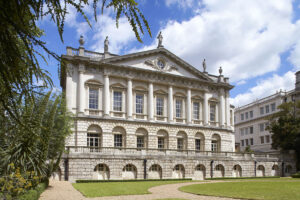
Of course, plenty of the Ton’s members had London homes that were more palatial in both size and splendour. Only a few of the once numerous noble mansions survived the wrecking ball that swung with increasing fervour between the 1860s and 1930s, but of those, none offers a better opportunity to step back in time than the gloriously restored Spencer House, open for guided tours once a week.
Glimpsed through the trees from Green Park, the Palladian residence with 50 rooms and a half-acre garden was built for the 1st Earl Spencer in the 1750s, and occupied in the Regency by the 2nd Earl, his wife Lavinia and four of their children.
It was houses like theirs that made the most spectacular venues for the balls and parties that were the whole point of the ‘season’ – the so-called ‘squeezes’ where young aristocrats went to flirt and find their perfect partner. The Spencers’ ballroom was the lavishly gilded Great Room on the first floor, with its beautifully ornate Neoclassical ceiling; the scene of a particularly splendid event in 1805 to mark the ‘coming-out’ into society of their eldest daughter Sarah. Then, the state rooms downstairs – including the Earl’s library – were thrown open to seat the four hundred or so guests who stayed till the supper at 2am.
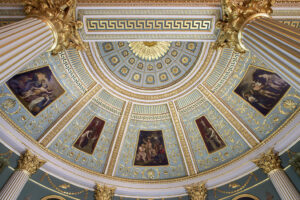
From their houses, you can follow the Ton to some of the places where they purchased the sumptuous evening attire appropriate for just such an occasion. The red-brick building with portico entrances at numbers 80-82 Pall Mall, for instance, was once home to purveyors of fine fabrics and accessories for the fairer sex, Harding, Howell & Co.
And if you walk up St James’s Street from the site of the royal palace with which it shares its name, you’ll find two shops still trading that would be entirely recognisable to Regency eyes: the bow-windowed frontage of Lock & Co, who sold beaver hats to the most fashionable of men, dates from 1810; and the wood-panelled store of wine merchants Berry Bros & Rudd still has in situ their famous scales, on which the likes of Brummell, Byron and esteemed boxer Tom Cribb were weighed in the early 1800s.
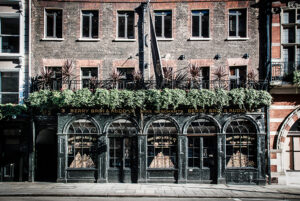
As you wander past the latter shop, you might easily miss the adjacent alleyway, down which men in the mould of the rakish Viscount Bridgerton might have sauntered during the season. Pickering Place, today a neat and tidy courtyard, then housed the entrance to a ‘gaming hell’ – an exclusive, underground venue where roulette and hazard were played for high stakes, all in defiance of the laws of the land. Certainly, any young Lord would have been a member of one of the more prominent gentlemen’s clubs that had their premises further up St James’s Street.
White’s – the oldest and most prestigious – is still a private members’ club and still occupies the same building at numbers 37-38, with the very same bow window, where the most famous dandies of the Regency once sat and stared down passers-by.
This is an extract. Read the full article in the November/December issue of BRITAIN out on 7 October.
Read more:
Richard III facts: 10 things you didn’t know about the king in the car park

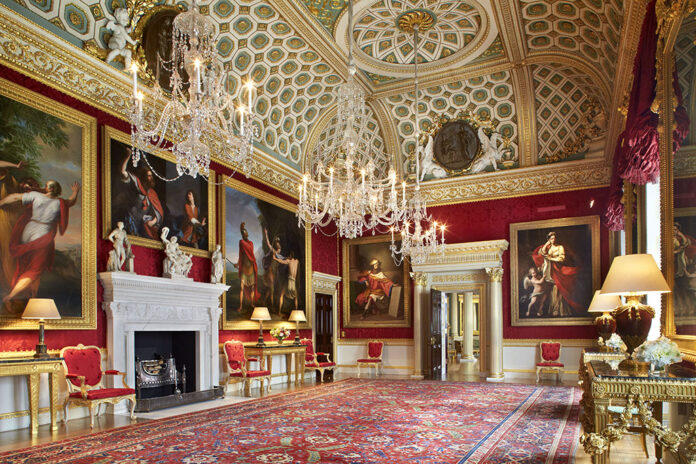




 © 2024
© 2024